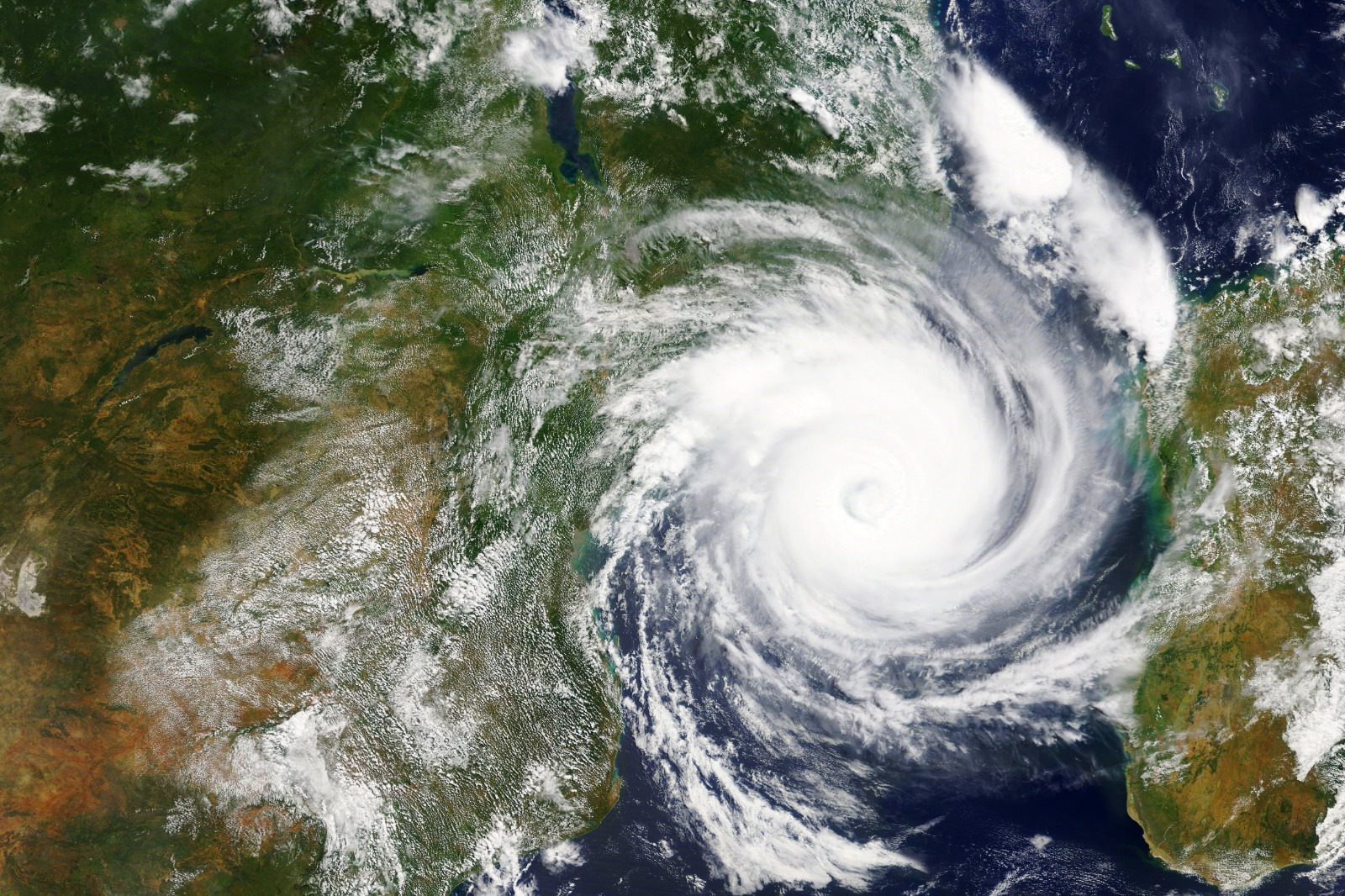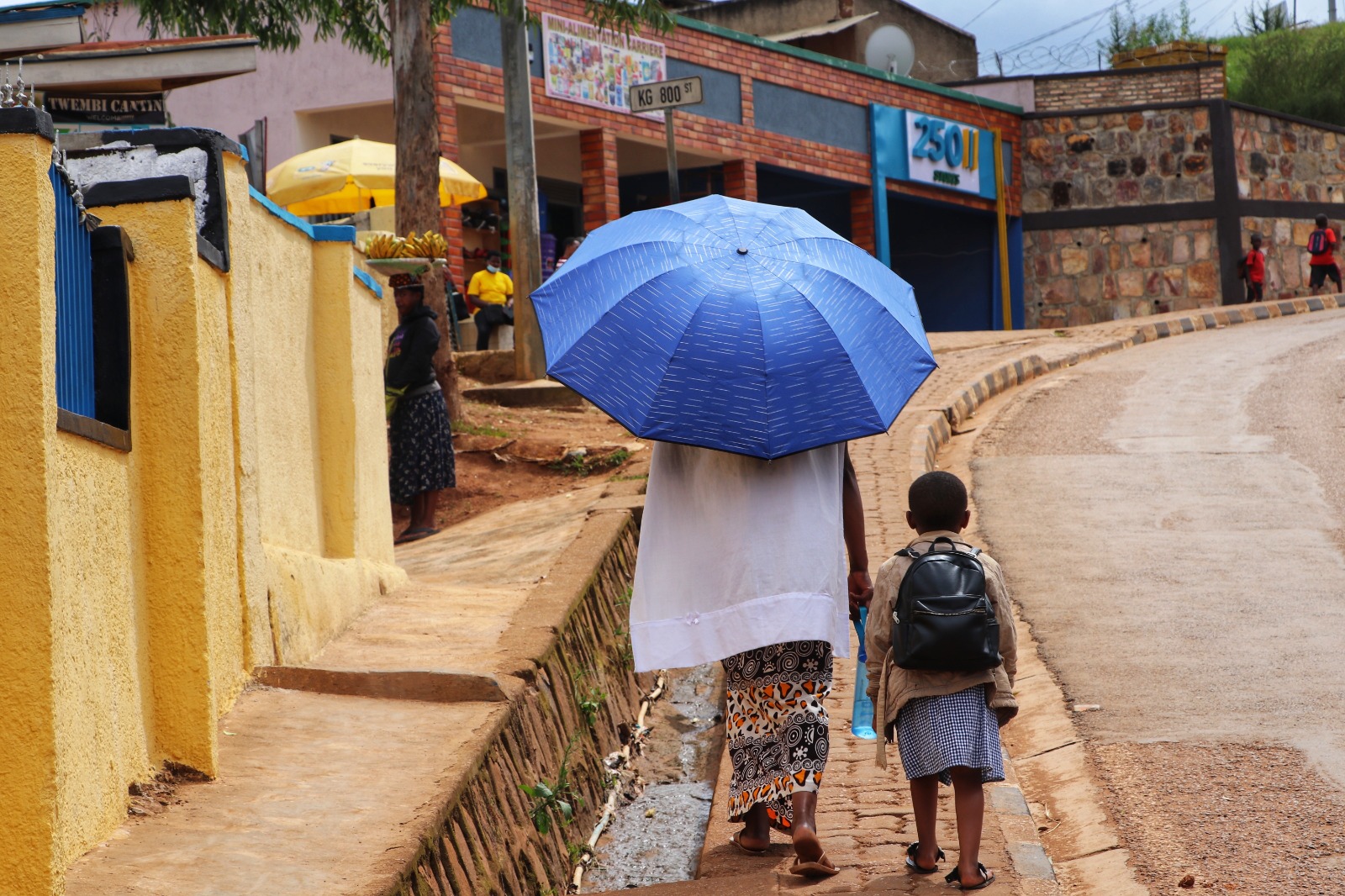The Challenge
In March and April 2019, Cyclone Idai ravaged Mozambique causing widespread destruction and loss of life. It also brought catastrophic flooding that triggered an outbreak of cholera that put even more lives at risk.
Mozambique’s Instituto Nacional de Saúde (INS) was responsible for coordinating health surveillance activities in response to the cyclone. However, the INS faced critical barriers preventing access to timely, good quality data, impeding their ability to mount an effective rapid response and save lives quickly. These barriers included:
- Lack of a central platform to share accurate information across the multitude of partners supporting the cyclone response.
- Difficult and time consuming data integration and analysis, as the data essential to the response were siloed across several systems.
- Multiple ad-hoc datasets being generated through data collection tools, developed because of damage to existing health data systems, that further complicated effective integration, analysis and use of data for decision-making.
Our Solution
The INS appointed Zenysis as its technology partner to support the emergency response. Mobilizing rapidly, Zenysis staff were on the ground in Mozambique within 48 hours of the cyclone making landfall.
“We quickly set up a ‘virtual control room’ using our Harmony technology platform, rapidly integrating a diverse array of critical data sources into one central, easy to use platform.”
This integrated data gave decision-makers access to vital information on what was happening in the worst hit areas, the ability to identify sources of water contamination, and the data they needed to plan and monitor the ensuing cholera vaccination strategy and campaign.
However, lack of standardization across datasets – each has its own structure, indicators, reporting schedule, and naming conventions – was a major challenge requiring data cleaning and harmonization, before integration.
Initially we prioritized and cleaned, harmonized, integrated and analyzed eight separate emergency response data systems. These included:
- Government health facility data
- Accommodation center data
- Laboratory data
- Partner surveillance data
- Outbreak investigation data
- Geospatial data
Separately, each system provided a limited – but essential – view on the nascent cholera outbreak. By integrating and harmonizing these disparate systems we were able to unlock powerful insights for government decision makers and their partners to mount a more tailored and effective response and allocate scarce resources more efficiently.

Information sharing and use
After the data were harmonized, the “virtual control room” played a central role in producing daily and weekly epidemiological bulletins and detailed presentations on the epidemiology of the outbreak for the Cholera Task Force and Health Cluster. This enabled emergency responders to use the platform to produce trusted information products that informed daily emergency decision-making, helped coordinate partners, and assisted with important interventions, such as securing and distributing cholera vaccinations effectively.
Zenysis’ Harmony technology provided a suite of custom-built frontend integration tools for government analysts to update real-time data directly into the platform. It also enabled near real-time triangulation of data – and end-to-end ownership of the data integration process for our partners.
Impact
“In just over a month, the INS and its partners, including the World Health Organization and Doctors Without Borders, reduced the number of new cholera cases in Sofala Province, where Cyclone Idai made landfall, from over 400 per day to zero.”
Days after the successful response in Sofala Province, a second cyclone, Kenneth, struck Cabo Delgado Province, causing another cholera outbreak. Zenysis’ technology was immediately deployed – and this second cholera epidemic was also swiftly brought under control.
Following the emergency response, the INS and the Mozambique Ministry of Health, with support from Gavi, chose to expand Zenysis’ activities to support both agencies to realize critical goals in the National Health Strategic Plan and improve public health outcomes in the country.
The existing platform has been expanded, integrating additional information systems for analysis, creating user-friendly data visualization tools, and strengthening skills within each department in using data- for decision-making in immunization programs.

